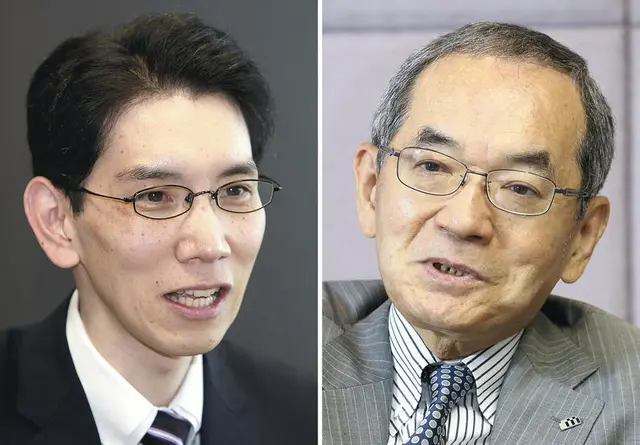Insecurity over jobs, support for child-rearing driving low buying
The job situation among young people has gotten better in terms of the employment rate and other factors, but the quality of employment has not improved much.
Since 2000, the ratio of nonregular employees among people in their 20s and 30s has grown especially high. The distribution of income in 2000-2015 shows that a growing ratio of people in their 20s and 30s fall into the category of low-income households.
Since the 2008 Lehman shock, people in their 20s and 30s have increased their rate of savings in relation to their disposable income, without bright prospects for the future. In particular, the savings rate for people in their 20s is quite high. As a result, the ratio of disposable income that is used for consumption has been falling more among people in their 20s and 30s than in other generations.
Prices have also affected young people.
Since becoming adults, people in their 30s have experienced average price increases of just 0.1 percent, while those in their 20s have experienced 0.3 percent. They are much lower increases than previous generations experienced.
I am in my 30s, and I have a hard time imagining a world where prices are increasing. I remember the rise of cheap hamburgers and the popularity of ¥100 shops. Some people feel that falling prices are normal and a good thing.
The resistance among the young to rising prices is strong, so they seek out low prices. The amount of clothing purchases as a share of their disposable income has also markedly declined among young people.
Changes in lifestyles have also kept young people from increasing their consumption, and smartphones have had a major impact. Now, consumers do not need a television or a camera.
A surprising recent trend is the emergence of people who cannot use computers. For them, it is faster to type on a smartphone than on a keyboard. The younger generations no longer need computers if they have a smartphone.
On the other hand, young people are driving growth in some markets, such as Halloween goods and services. In recent years crowds have started dressing up and parading around Shibuya Station in Tokyo, and the market related to this event is now larger than that for Valentine’s Day.
If I were to sum up youth consumer trends with a single key term, it would be “loose connections” of the kind made possible through social media. Young people value connections such as dressing up with friends on Halloween or working together on a game to battle an enemy. They put values on those connections.
So how can young people’s consumption be increased?
Most important is to raise the incomes of young people and resolve their insecurity about the future, with measures such as improving the treatment of nonregular employees and providing income support for families raising children.
Marketing to young people should also be enhanced. I would like to see companies get better at using social media to share information and utilize big data to analyze information about consumers’ purchases. Involving young people in product development is also essential.
(The Japan News)
 简体中文
简体中文







